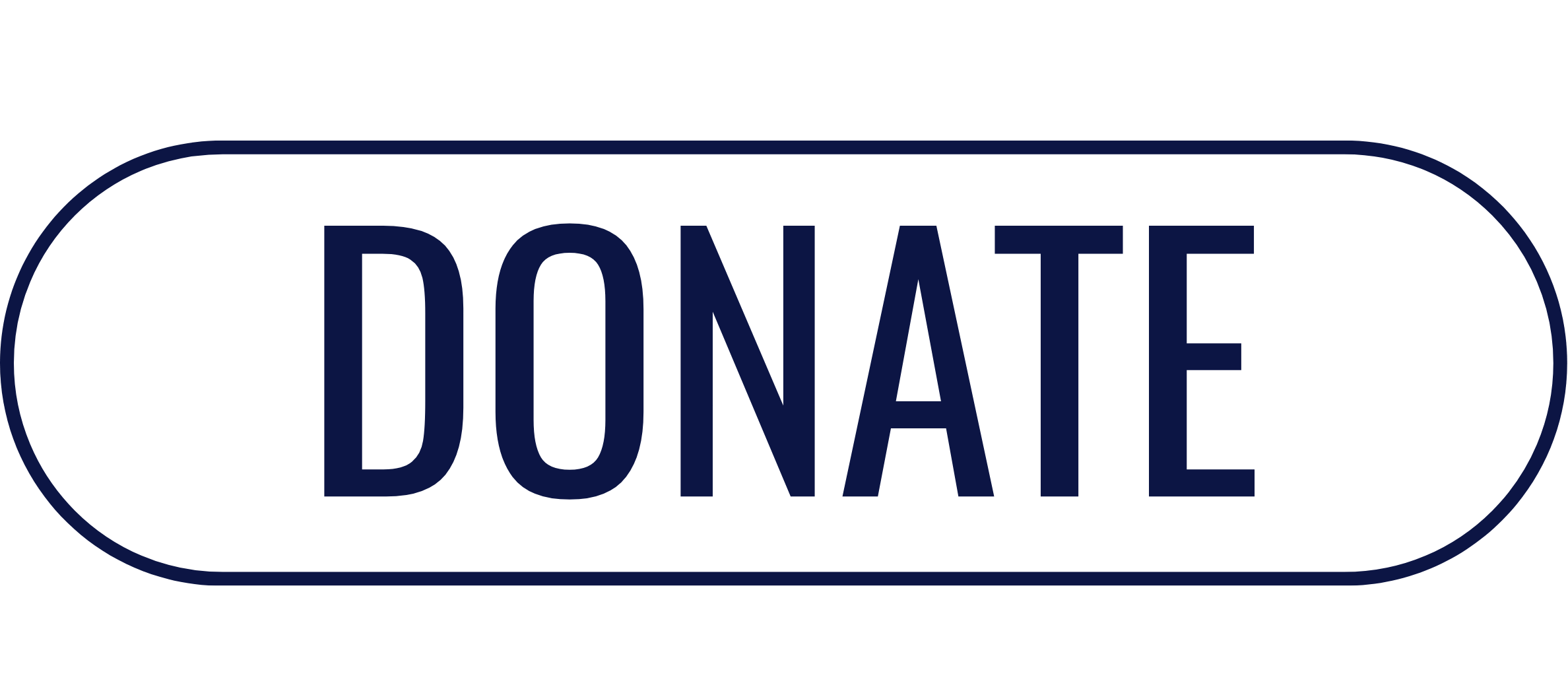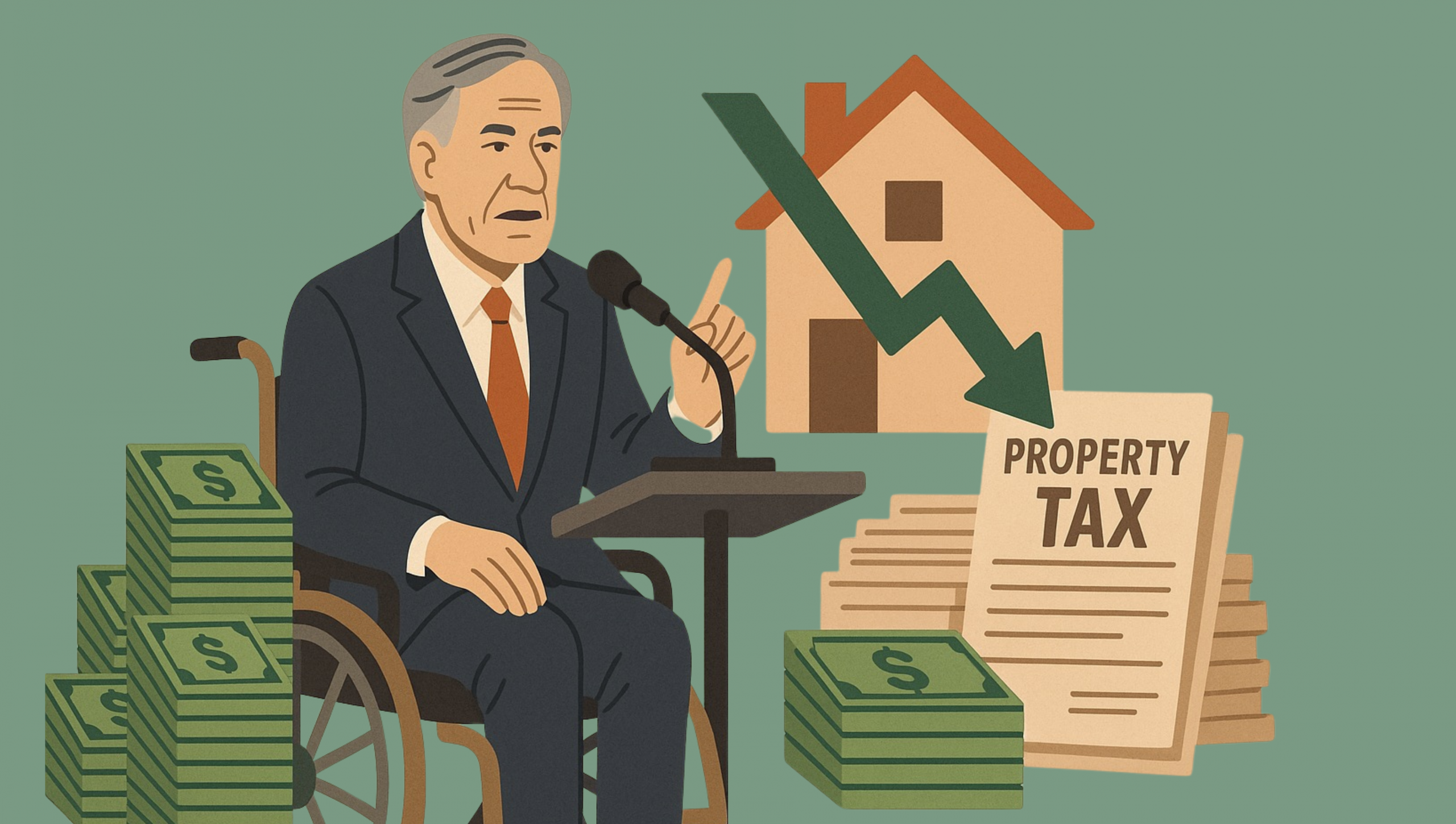Government Spending Is The Problem
The late, great economist Milton Friedman said, “The real problem is government spending.” This is true as spending comes before taxes or regulations. If people didn’t form a government or politicians didn’t create new programs, then there would be no need for government spending and no need for taxes. And if there were no government spending or taxes to fund spending, then there would be no one to create or enforce regulations.
While this might sound like a utopian paradise, which I desire, there are essential, limited roles for governments outlined in constitutions and laws. Of course, most governments are doing much more than providing limited roles that preserve life, liberty, and property. This is why I have long been working diligently for decades to enact strong fiscal rules, including a spending limit, for federal, state, and local governments. My calling is to “let people prosper,” as effectively limiting government support promotes more liberty and, therefore, more opportunities to flourish.
Empirical research underscores the importance of spending restraint over tax hikes in promoting economic growth. Studies by economists Alberto Alesina and Silvia Ardagna, John Taylor, Casey Mulligan, and others have consistently shown that fiscal adjustments based on reducing government spending are more effective at fostering economic growth than those based on raising taxes.
Fortunately, multiple state think tanks have championed this sound budgeting approach through what they’ve called either the Responsible, Conservative, or Sustainable State Budget. I recently worked with Americans for Tax Reform to publish the Sustainable Budget Project, which provides spending comparisons and other valuable information for every state. This groundbreaking approach was recently outlined in my co-authored op-ed with Grover Norquist of ATR in The Wall Street Journal and has been discussed at NRO, the Club for Growth Foundation, and elsewhere.
When Did This Budget Approach Begin?
I began this approach in 2013 with my former colleagues at the Texas Public Policy Foundation, focusing on the Conservative Texas Budget. The approach is a fiscal rule based on an appropriations limit that covers as much of the budget as possible, ideally the entire budget, with a maximum amount based on the rate of population growth plus inflation and a supermajority (two-thirds) vote to exceed it. A version of this approach was initiated in Colorado in 1992 with the passage of their Taxpayer’s Bill of Rights (TABOR), which key individuals like Dr. Barry Poulson and others championed (picture below is from a road sign in Texas).

Why Population Growth Plus Inflation?
While there are many measures to use for a spending growth limit, the rate of population growth plus inflation provides the best reasonable measure of the average taxpayer’s ability to pay for government spending without excessively crowding out their productive activities. It is essential to look at this from the taxpayer’s perspective rather than the appropriator’s view, given that taxpayers fund every dollar that appropriators redistribute from the private sector. Population growth, combined with inflation, is also a stable metric that reduces uncertainty for taxpayers (and appropriators), essentially freezing inflation-adjusted per capita government spending over time.
The research in this space is clear that the best fiscal rule is a spending limit based on the rate of population growth plus inflation, rather than gross state product, personal income, or other growth rates. Population growth, combined with inflation, typically grows more slowly than these different rates, allowing more money to remain in the productive private sector, where it belongs.
To get technical for a moment, personal income growth and gross state product growth are essentially equivalent to population growth plus inflation plus productivity growth. There’s no reasonable consideration that the government is more productive over time, so that term would be zero, leaving population growth plus inflation. And suppose you consider the productivity growth in the private sector. In that case, more money should be allocated to the more productive sector at the margin for the highest rate of return, leaving just population growth and inflation.
Population growth plus inflation becomes the best measure, no matter how you look at it.
Given the high inflation recently, it is wise to use the average growth rate of population growth plus inflation over several years to smooth out the increased volatility (ATR’s Sustainable Budget Project uses the average rate over the three years before a session year). And this rate of population growth plus inflation should be a ceiling, not a target, as governments should be appropriating less than this limit. Ideally, governments should freeze or reduce spending at all levels of government to provide more room for tax relief, less regulation, and more money in taxpayers’ pockets.
Overview of Conservative Texas Budget Approach
This approach was partially introduced into state law in Texas in 2021 with Senate Bill 1336, as the state already has a spending limit in its constitution. The bill improved the limit to cover all general revenue (“consolidated general revenue”) or 55% of the total budget rather than just 45% previously, base the growth limit on the rate of population growth times inflation instead of personal income growth, and raise the vote from a simple majority to three-fifths of both chambers to exceed it instead of a simple majority.
Some improvements should be made to the recent statutory spending limit change in Texas, such as enshrining it in the constitution and adjusting the growth rate to reflect population growth plus inflation, rather than population growth times inflation calculated by (1+pop)*(1+inf). This limit is one of the strongest in the nation, as historically the gold standard for a spending limit of Colorado’s Taxpayer Bill of Rights (TABOR) has been watered down over the years by its courts and legislators, as it currently covers just 43% of the budget instead of the original 67%.
Unfortunately, the weaknesses in Texas’ expenditure limits, including the weak constitutional spending limit and the consolidated general revenue spending limit, have contributed to excessive spending in recent years. The table belowhighlights the Texas House and Senate budgets for the latest 2026-27 biennium. The Legislative Budget Board’s Reported Budget compares spending to appropriations, which is like comparing apples to oranges. Both are expenditure types, but appropriations are at the beginning or during the budget period, while spending is at the end. The table also includes the Budget Since 2024-25 with an apples-to-apples comparison between initial appropriations in each biennium. The budget since 2023, which uses this consistent comparison from 2022-23 to the proposed 2026-27 appropriations, shows that appropriations of state funds are up 42.6%. These are historically significant increases in such a short period and are a primary reason for concern.

The figure below shows how the growth in Texas’ biennial budget was cut by 13.3% from 12% to 10.4% after the creation of the Conservative Texas Budget in 2014, which first influenced the 2015 Legislature when crafting the 2016-17 budget, along with changes in the state’s governor (Gov. Greg Abbott), lieutenant governor (Lt. Gov. Dan Patrick), and some legislators. The 10.4% average growth rate of biennial appropriations since 2016 was below the 9.3% biennial average rate of population growth plus inflation, which was driven substantially higher after the latest 2024-25 budget that is well above this key metric (previously, the biennial budget growth was 5.2% compared with 9.3% in the rate of population growth plus inflation).

Making matters worse, the growth of the budget has increased substantially faster than population growth plus inflation in Texas since Republicans gained their first trifecta in control of the Governor’s mansion, Senate, and House in 2003. Their first budget was in 2004-05, which the work of House Appropriations Chairman Talmadge Heflin (one of my wonderful mentors) helped address by addressing a budget shortfall without raising taxes but through spending cuts and restraint. The figure above highlights how the budget has grown nearly 30% faster than the average taxpayer’s ability to pay for it over this period. The figure above illustrates how these excesses have accumulated over time, resulting in massive spending and substantial tax burdens on Texans. There is more work to do!

My Work On The Federal Budget In The White House
From June 2019 to May 2020, I took a hiatus from state policy work to serve Americans as the associate director for economic policy (“chief economist”) at the White House’s Office of Management and Budget. There, I learned a great deal about the federal budget, the appropriations process, and the economic assumptions used to provide the upcoming 10-year budget projections. In the President’s FY 2021 budget, we identified $4.6 trillion in fiscal savings, and I was able to include the need for a fiscal rule, which is a rare occurrence (see President Trump’s last budget).

Sustainable Budget Work With Other States, ATR, and CFGF
When I returned to the Texas Public Policy Foundation in May 2020, I sought to regain a sense of freedom during the COVID-19 pandemic and be closer to family. I started an effort to work on this sound budgeting approach with other state think tanks. This contributed to my working with many fantastic people who are trying to restrain government spending at the state, local, and federal levels. Here are my latest data on the federal and state budgets as part of American for Tax Reform’s Sustainable Budget Project and a recent publication by the Club for Growth Foundation.
From 2015 to 2024, the following happened:
Federal spendingskyrocketed 88.0%—more than three times faster than the 27.6% increase in population and inflation.
- If Congress had restrained spending to this sustainable growth rate:
- The federal government would’ve spent $2.2 trillion less in 2024.
- The national debt would’ve fallen by $1.8 trillion instead of growing by $14.3 trillion.
- Cumulative debt since 2005 would have risen by $2.5 trillion, not $21.7 trillion.
- That’s trillions of dollars that could’ve stayed in people’s pockets or been invested in future prosperity, not siphoned off to fund bloated bureaucracies and waste.
Aggregate state spending, by the 50 state governments, excluding funds received from the federal government, increased by 54.2% during that decade.
- Had their spending grown by the maximum rate of 27.6% in population growth plus inflation from 2015 to 2024:
- State governments would’ve spent $328 billion less than the $1.90 trillion in 2024.
- Cumulative spending across that decade would have been $1.3 trillion less than what was spent, resulting in more money in people’s pockets.
Result: When combining federal and state overspending, Americans lost over $2.5 trillion in 2024 and more than $13.4 trillion in excess taxes and debt across the decade.

I hope that if we can get enough state think tanks to promote this budgeting approach, get this approach put into constitutions and statutes, and use it to limit local government spending as well, there will be plenty of momentum to provide sustainable, substantial tax relief and eventually impose a fiscal rule of a spending limit on the federal budget. This is an uphill battle, but I believe it is necessary to preserve liberty and provide more opportunities that let people prosper.
Texans for Fiscal Responsibility relies on the support of private donors across the Lone Star State in order to promote fiscal responsibility and pro-taxpayer government in Texas. Please consider supporting our efforts! Thank you!
Get The Fiscal Note, our free weekly roll-up on all the current events that could impact your wallet. Subscribe today!




